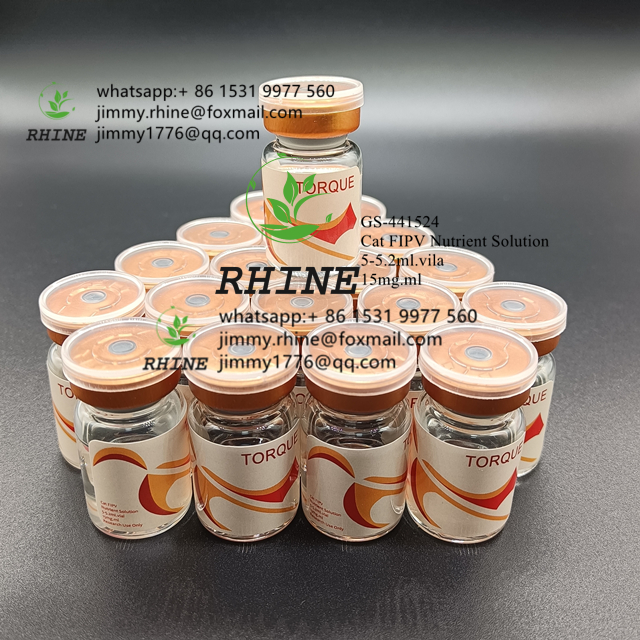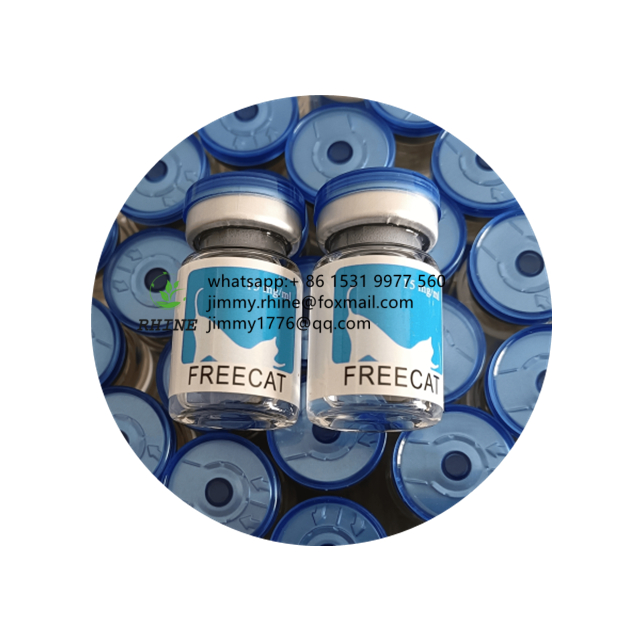The use of natural enemies of pests to control pests is the best biological control technology and an important part of ecological agriculture. The genus Insects, Hymenoptera, and Orthopterididae are the most widely used parasitoids for the control of greenhouse crops, mainly in tropical and subtropical regions. Its main dosage form, Leica, is divided into card-type cards, book-type book cards and pocket cards due to its different forms of card production. It is mainly used to control greenhouse tomato, cucumber whitefly and greenhouse whitefly, and is also used in small areas. Used for eggplants and marigolds. Research institutes include Institute of Biological Control, Chinese Academy of Agricultural Sciences. It is non-toxic to humans, livestock and natural enemies. It is harmless, has no residue and does not pollute the environment.
1. The Lizard wasp's identification body is small, flat, and the mid-thorax triangle protrudes prominently, clearly exceeding the fin base line. Forewing vein length, sub-marginal veins and wing veins are short, and the posterior marginal veins are undeveloped. The middle distance of the middle foot is long, but it is not thick, and it is 4 to 5 knots. The female body is about 0.6 mm in length and 0.3 mm in width; the head is dark brown, black in the chest, yellow in the abdomen and shiny; the antennae are 8 knots, 0.5 mm long, pale brown, and the last section is paddle-shaped; the wings are colorless and transparent, the wingspan 1.5 The length is mm; the foot is brownish yellow; there is an extended ovipositor at the end of the abdomen. Drones are less common, their abdomen is brown, their body color is slightly deeper than their female counterparts, and their tentacles are knee-shaped.
2. Lilium citrifolia is accustomed to the whiteflies. Lilium mellifera is usually able to survive in the greenhouse for 10 to 15 days, and honeydew adults can survive for 28 days. In order to obtain nutrition, adult bees can directly cause the death of whiteflies in the body fluid of the nymphs, and can lay eggs in the body of the 3rd-4th instar nymphs of whiteflies. It caused the death of whiteflies. A new pattern of plastic greenhouses in a single vegetable was estimated to feed about 20 whitefly nymphs. Adult bees could parasitize 1 to 4 years of whitefly nymphs, especially parasitizing 3rd-instar whitefly nymphs, followed by 2nd-old whitefly nymphs, 1st and 4th instar. The whitefly nymph is not conducive to spawning. Adults laid eggs at the peak of their third day of spawning, with an average of 128 eggs per day and an average of 5.5 eggs per day. The eggs hatch in the body of the whitefly that has been parasitized, and the larvae can also take the body fluid of the whiteflies. After about 8 days, the eggs turn black, and after 10 days, the bees emerge from the body of the whitefly. The lily bees are active and capable of searching for whiteflies. The diffusion radius can reach more than 100 meters.
3. Applications in the production of vegetables, etc. can be used to control whitefly and greenhouse whitefly on greenhouses, greenhouses, plastic greenhouses and other protected vegetables and flowers, greenhouse whitefly and tobacco powder mistletoe currently infested. The effect can be as high as 90%. In the multi-span greenhouses and plastic greenhouses can be used to release two kinds of wasps: the high temperature season with the oar-horned wasp-based, the low-temperature season to release the lycoris wasp-based. During the nursery, we must do a good job of clean seedlings. Before the planting, we must first thoroughly clean the greenhouses, remove weeds, install pest control nets (selected 1.5 to 2 meters of nets in the solar greenhouse, 2 meters of insect nets in the plastic greenhouses, and exhaust outlets in multi-span greenhouses. Also pay attention to the installation of insect nets), hanging yellow traps near the exit can also be hung in the shed. The specific approach is as follows:
1 Release the black kite. The black storks or black locust leaves stored under low temperature conditions were taken out and randomly placed on the plants. Each plant averaged 5 black pods, released once every 7-10 days, and continuously released 3 or 4 times. On average, 15 black locusts were released per plant, releasing 0.5 to 30,000 heads per acre. The time for releasing black cockroaches should be two or three days earlier than the time for releasing bees.
2 release into bees. The black storks stored in the cold box were removed one day before the bee was placed, and the larva was quickly feathered in a constant temperature room at 27°C. After counting the next day, the wasps were gently shaken onto the plants. Released once every 7 to 10 days, released continuously 2 or 3 times, each time 5 strains were released per plant. The average number of three bees placed was 15 per plant. After the bees and whiteflies keep their balance at a low level, they can stop bee feeding. Pay attention to the insulation of the greenhouse. It is best to keep the temperature at 15°C or higher at night.
3 hanging cards. The merchandise is a black beak that has not yet emerged from the bees. Generally, each item is affixed with 1000 black lice on a bee card for 30 to 50 square meters in the greenhouse to control whitefly. One week after the colonization of solanaceous fruits and melons, the use of the licorice wasp was only required to suspend the commodity bee card on the upper branch of the crop. After the larvae have emerged, they can automatically search for the whitefly and parasitize on the larvae of the whitefly. The Lizard wasp has less flying ability and needs to hang the bee card evenly in the greenhouse. In the early stage of the occurrence of whiteflies, the number of single plant insects began to release at about 0.1 heads, releasing 10 to 20 cards per acre, that is, 2500 to 5000 heads of bees. The bees were hung in the upper middle of the plant, evenly distributed in the shed. If the greenhouse insect net can completely block the access of the whitefly, stop bee feeding. It is released once every 7~10 days, releasing 5~6 times continuously. In order to ensure the vitality of the reed bumble bees, it is necessary to prevent high humidity or wetted bee cards from suffocating the sting or wasp. Therefore, the plastic film should be covered with plastic film and be ventilated normally. (The temperature in the greenhouse should be controlled at 20 ~35°C, 15°C or more at night).
4. Precautions
Whether the release of natural enemies is timely, and whether the quantity is appropriate, the cultivation technology of winter melons and vegetables will directly affect the prevention and control effects. Therefore, the forecasting work should be well done, and the natural enemies should be released in appropriate amounts at the right time. It cannot be released until the number of whiteflies is too large. In addition, pest control nets are used in greenhouses to prevent large numbers of foreign fly aficionados from entering. In production, yellow plates can be placed near the aisles as a forecast indicator.
The key to preventing the success of whitefly in the greenhouse is to control the greenhouse temperature. The developmental optimum temperature of the bumble bees was higher, while the suitable temperature of the whiteflies in the greenhouse was lower. For example, under the condition of 27°C, the development speed of the bumble bees was 1 times higher than that of the whitefly, but at 18.3°C, the white flour The development speed of the dragonfly is 9 times larger than that of the larva. Therefore, in the greenhouse, we must create a temperature environment that is conducive to the reed bumblebee and unfavorable to the whitefly. Only in this way can we make the bumblebee bee always have the advantage of development and reproduction, and it will play a long-term role in inhibiting the whitefly. Specific operations should pay attention to: 1 field release. Before releasing the bee, first reduce the base number of whitefly to 0.5 or less, the temperature in the greenhouse is controlled at 20-35°C during the day, and not less than 15°C at night, and the amount of bee is usually 5-20 per plant. Put the bees 3 to 4 times, and lay the bees once every 7 to 10 days. After the bee was released, investigations were made on the growth and disappearance of adult whiteflies and changes in the amount of black plague and parasitism. Whitefly adults have a tendency toward yellow color, which is very effective in killing whitefly adults with yellow plates in the greenhouse, and is safer for black seabream and parasitic bees. 2 Hang the card. Leica's storage temperature is between 11~13°C and can be stored for 20 days. Feathering can be started within 2~3 days after black storks are stored. Leica can be stored in sealed containers for up to 3 to 4 days at 6~8°C. Long-term storage will lead to a decrease in its parasitic ability; high temperature has a suppressive effect on the survival of the citron.
Feline Infectious Peritonitis (FIP), referred to as Feline Infectious Peritonitis (FIP), is a fatal abnormal immune response that occurs in cats. It is caused by the mutation of the feline coronavirus carried by cats. As a high-incidence and fatal disease of pet cats, the current incidence of feline abdominal transmission is about 10%.

The symptoms of cats are usually divided into two categories, namely wet FIP and dry FIP, of which wet FIP accounts for the majority of all cases. About 70%, manifested as abdominal pleural effusion, abnormal bulging; dry FIP cats have different symptoms, depending on the type of organ affected by the virus.

So far, all feline feline feline treatments are based on the characteristics of the disease, and GS-441524 can play a role in the treatment of feline feline disease. Therefore, the therapeutic effect of GS-441524 is obviously more ideal, the dose used is less, the treatment cycle is shorter, and the efficacy, safety and convenience of operation are all good. Because of this, GS-441524 is considered by many pet owners and veterinarians to be a magic medicine that can effectively treat feline abdominal infection.

Gs 441524 Fip,Fip Treatment Gs441,Gs 441524 Fipv Cats,Gs 441524 For Fip
XI AN RHINE BIOLOGICAL TECHNOLOGY CO.,LTD , https://www.rhinebiotech.com